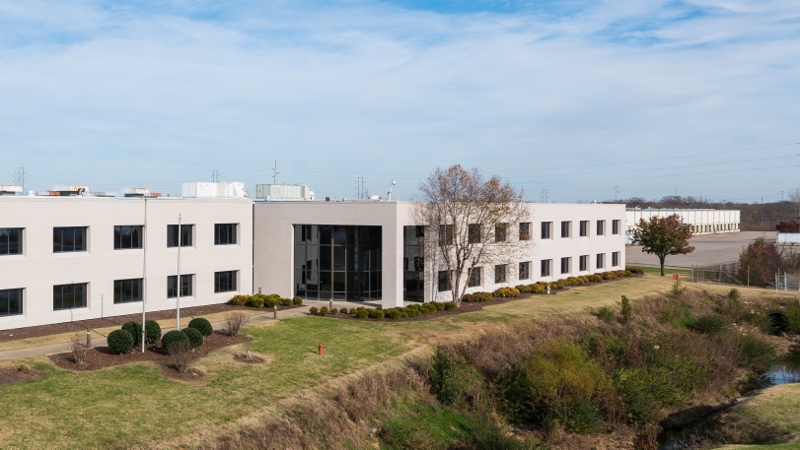Investors in residential loan portfolios routinely engage third-party experts during the bidding and acquisition process to analyze risk, data capture / validation and compliance testing. However, the most successful investors realize that Servicing Surveillance and Servicer Reviews are critical for risk management and simultaneously enhance portfolio performance.
While loan servicing has been big business for many decades, the basics have changed little over the years. Payments are received and processed; escrow accounts are monitored and managed for payment of real estate taxes and hazard insurance premiums; investor remittances are tracked and paid; and late payments are chased. What has changed is the complexity of state and federal laws and regulations, the emergence of debtor friendly courts and litigious borrowers. These factors have exponentially increased the complexity and inherent risk of debt collection procedures, which directly affect investor risk.
Debt collection and delinquency control is not what it used to be. Servicers must ensure their collections, loss mitigation and foreclosure departments are fully trained in the ever changing landscape of local legal requirements at the municipality, county and state level. This training includes proper procedures for collection calls, required letters and notifications pertaining to servicing transfers, delinquency resolution, foreclosure / bankruptcy steps and timeline management. Federal laws and regulations also have overhanging risks of borrower litigated disputes, contested foreclosures and regulatory audit.
The result of this expansion in risk is the growth and importance of servicer oversight, audit and review. Servicing surveillance creates a liaison between an investor and their servicer, providing important risk management and servicing remediation information to a broad set of stakeholders. These include major domestic and international banks and investors, private hedge funds, legal and consulting firms, as well as both large corporate and specialized boutique servicers.
Servicing Surveillance and Servicer Reviews are not only critical for regulatory responsibilities but are also important for investment performance and measuring counter-party risk. Best practices in the field of Servicing Surveillance and Servicer Reviews include the following:
Policy and Procedures (“P&P”) Reviews: Confirmation that servicers’ published P&Ps are revised and updated regularly to reflect changes in current industry standards, newly enacted legal requirements and published industry best practices.
Servicer Operational Reviews: Assessment of servicer’s performance and adherence to their internal P&Ps, stand-alone Servicing Agreements and/or Pooling and Servicing Agreements.
Servicer Oversight: Ongoing identification of loan level systemic servicing issues needing resolution to increase loan performance and decrease loss severity.
Asset Management: Analysis of Collection and Loss Mitigation activity, for both whole loan and securitized mortgage portfolios, including loan level reviews, foreclosure and bankruptcy timeline management, and delinquency cure methods on Client-selected loan populations.
Reps and Warrants Examination: Forensic loan level review identifying possible breaches in loan seller’s representation and warrants, and highlighting non-compliance issues affecting investor recovery opportunities.
MERS Third Party Attestation: Third party review and validation of the accuracy of MERSCORP members required portfolio policy and procedures documentation and portfolio monthly self-audit and reconciliation process.
Securities Surveillance Identification and monitoring pool asset trending and stratification, providing the investor with the benefit of early identification of potential or existing problems, and recommendations for remedying any discovered issues before they affect asset quality.
Servicing Transfer QC: Boarding oversight and critical balance reconciliations to ensure accuracy and seamless servicer-to-servicer transfer for an uninterrupted flow of servicing activities.

Mission Global delivers custom solutions to our clients for Servicing Surveillance and Servicer Reviews by leveraging our deep transactional experience, proprietary technology, subject matter expertise and best-in-class talent. Click here to learn more.








